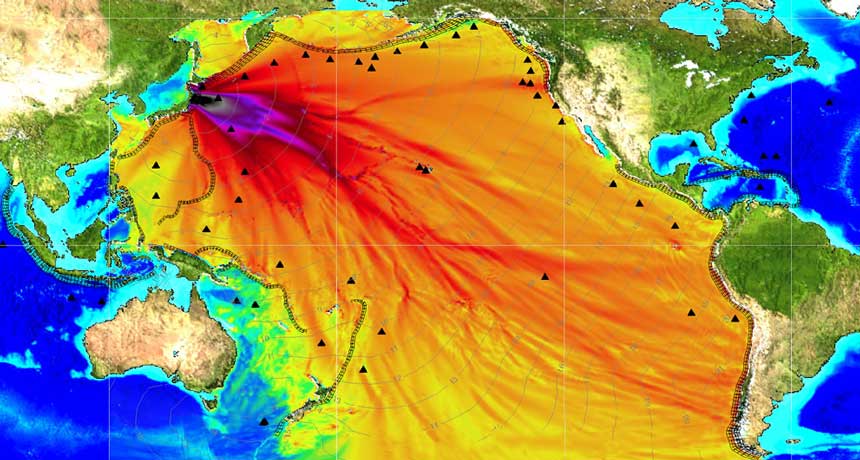
More than one ocean motion determines tsunami size
Science News, April 2017Earthquake-powered shifts along the seafloor that push water forward, not just up, could help supersize tsunamis.

Earthquake-powered shifts along the seafloor that push water forward, not just up, could help supersize tsunamis.
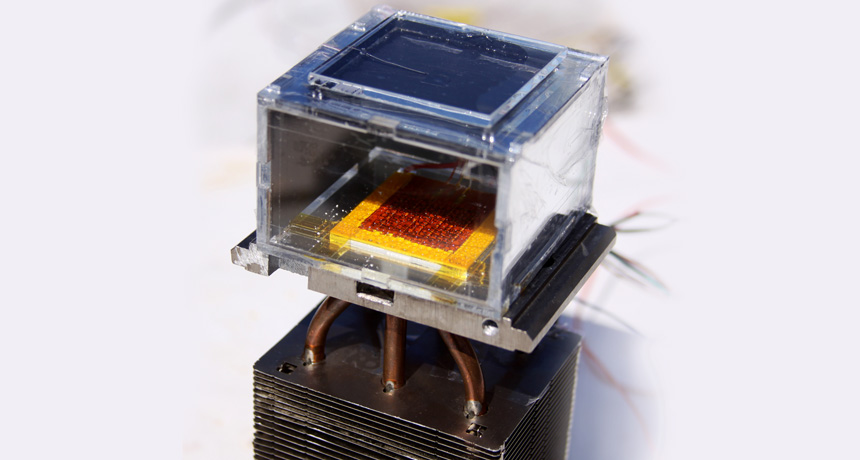
A new device the size of a coffee mug can generate drinkable water from desert air using nothing but sunlight.
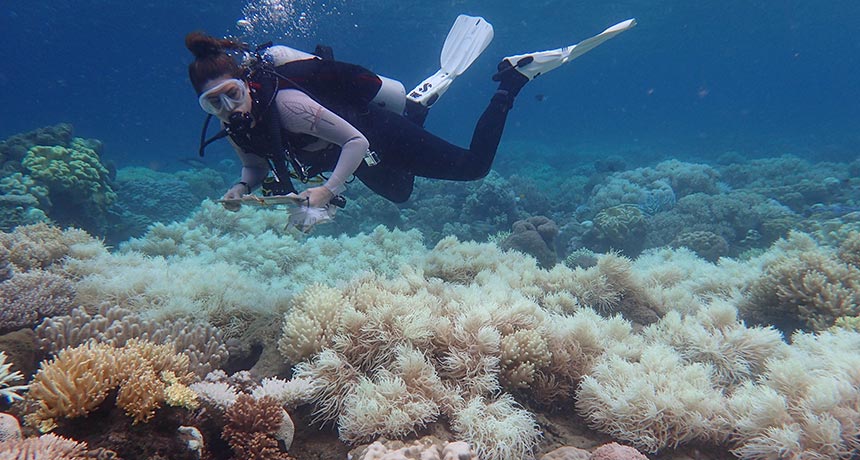
A severe coral bleaching event spurred by high ocean temperatures has struck the Great Barrier Reef for an unprecedented second time in 12 months, reveal aerial surveys released April 10 by scientists at James Cook University in Townsville, Australia. While last year the northern third of the reef was hardest hit, this time around the reef’s midsection experienced the worst bleaching. The two bleaching events together span around 1,500 kilometers of the 2,300-kilometer-long reef.
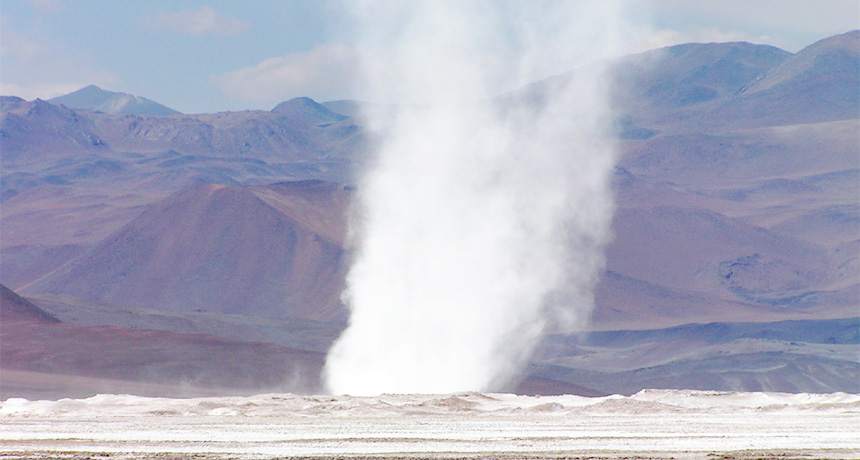
Towering, crystal-filled twisters periodically swirl in a valley nestled between two volcanoes in the Andes Mountains, newly reported observations show. The odd weather events are the first record of large pieces of gravel efficiently moving across a landscape by suspension in air.
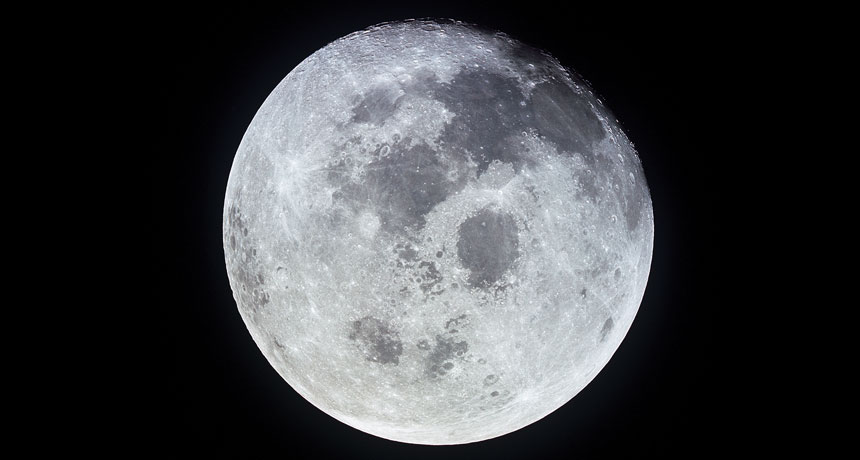
The moon’s origin story does not add up. Most scientists think that the moon formed in the earliest days of the solar system, around 4.5 billion years ago, when a Mars-sized protoplanet called Theia whacked into the young Earth. The collision sent debris from both worlds hurling into orbit, where the rubble eventually mingled and combined to form the moon.
Feature article on the mysteries surrounding the moon's formation. Adapted for Science News for Students.
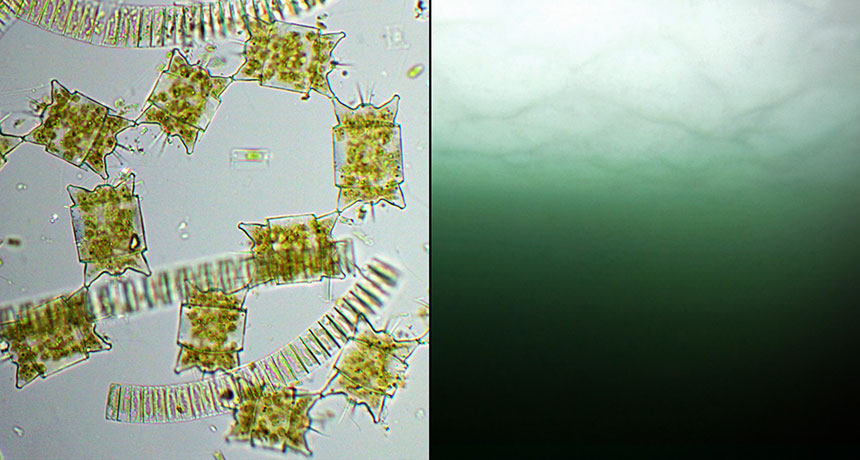
Sea ice skylights formed by warming Arctic temperatures increasingly allow enough sunlight into the waters below to spur phytoplankton blooms, new research suggests. Such conditions, probably a rarity more than two decades ago, now extend to roughly 30 percent of the ice-covered Arctic Ocean during July, researchers report March 29 in Science Advances.
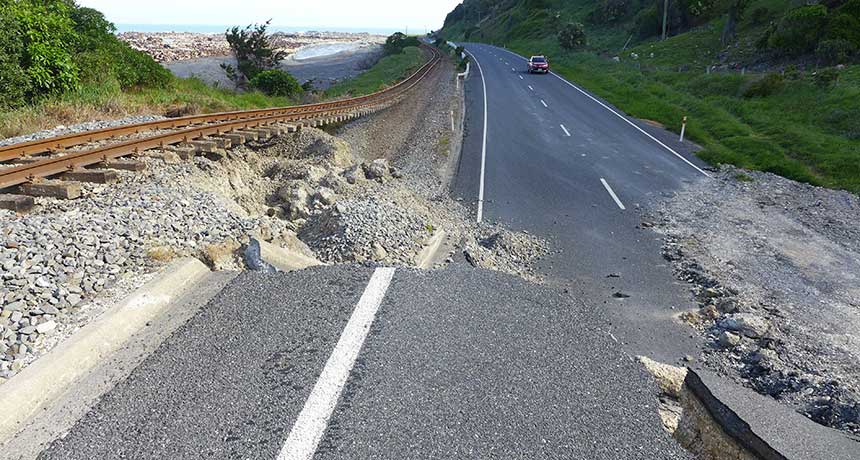
A seemingly impossible earthquake that rattled New Zealand last November casts doubt on how well seismologists can forecast quakes involving multiple fault lines.
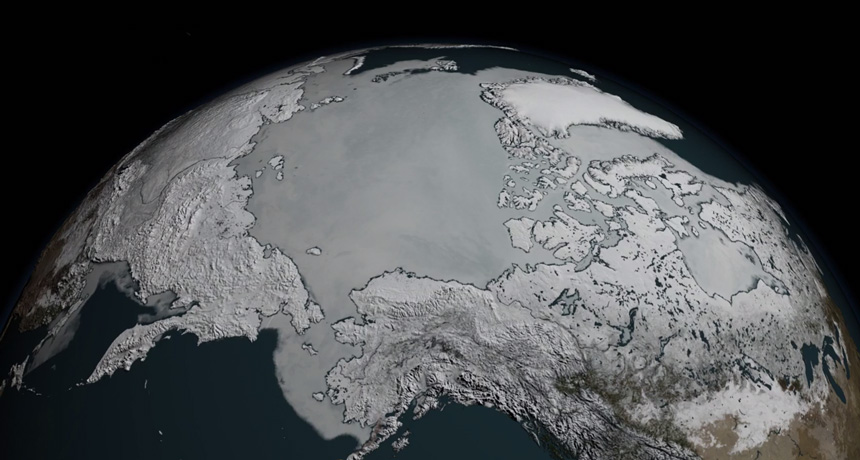
Arctic sea ice has hit a record low for the third year in a row. It’s the paltriest maximum extent seen since recordkeeping began in 1979, scientists at NASA and the National Snow and Ice Data Center announced March 22.
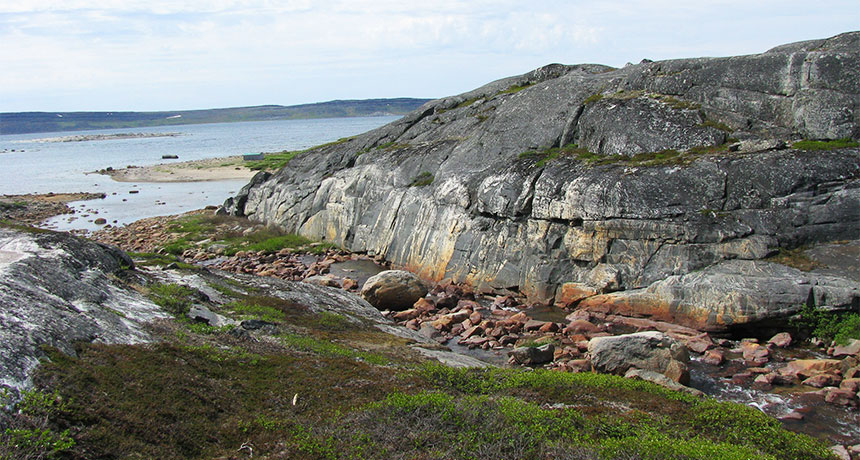
Not all of the newborn Earth’s surface has been lost to time. Transformed bits of this rocky material remain embedded in the hearts of continents, new research suggests. These lingering remnants hint that full-fledged plate tectonics, the movements of large plates of Earth’s outer shell, began relatively late in the planet’s history, researchers report in the March 17 Science.
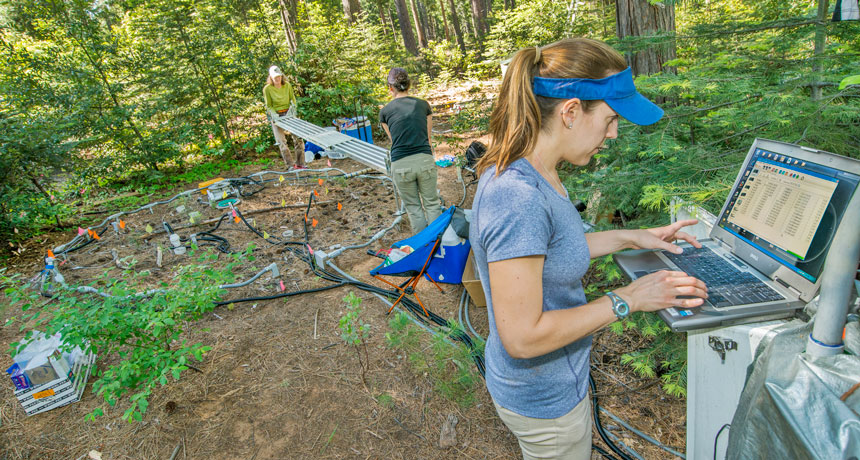
As the planet warms, carbon stashed in Earth’s soils could escape into the atmosphere far faster than previously thought. In the worst-case scenario for climate change, carbon dioxide emissions from soil-dwelling microbes could increase by 34 to 37 percent by 2100, researchers report online March 9 in Science. Previous studies predicted a more modest 9 to 12 percent rise if no efforts are taken to curb climate change. Those extra emissions could further intensify global warming.